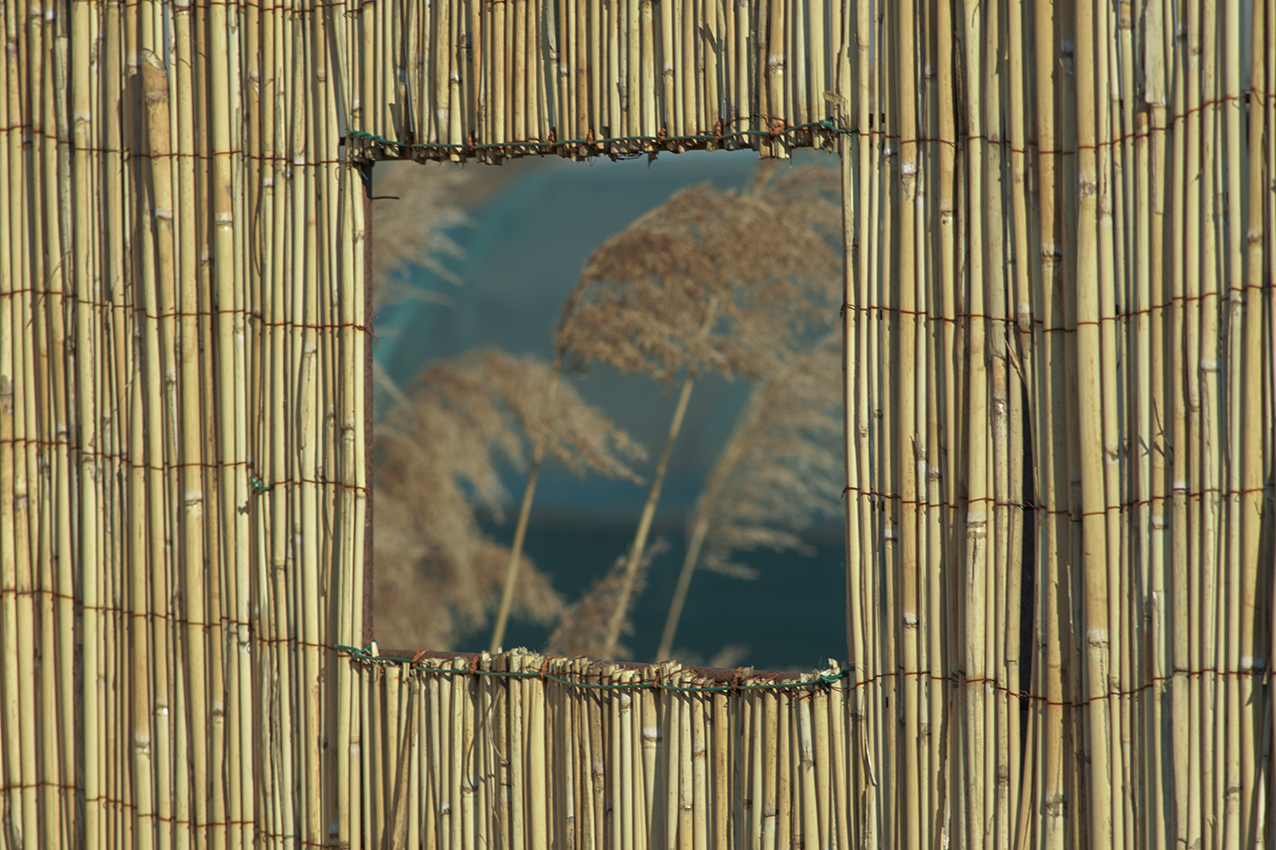Exploring Ecological Transitions in Design: A Journey Towards Sustainable Futures

photo (c) Federico Floriani
In the ever-pressing face of ecological crisis, the imperative to challenge current production models has never been more urgent. The intersection of biomaterial utilisation, circular supply chains, and ecological landscape management stands as a beacon of hope amidst environmental turbulence.
This pivotal shift, resonating across industries from design to agriculture, underscores a collective commitment to a more sustainable trajectory.
However this process of negotiating complex realities and complex systems is not without contradictions. In the name of a circular bioeconomy we find ever more applications for industrial wastes produced from the agro-industry, but we rarely question why those wastes exist in the first place, or the environmental and social impact that these big, industrial and long supply chains generate. The allure of technosolutions often obscures contextual nuances, emphasising the need for a holistic approach.
Over the past four years, a focus on this dynamic landscape has guided my research journey.
Initially supported by two international artist residencies (Italian Fellow in Design 2019/2020 at the American Academy in Rome, Spatial Fellow 2020/2021 at Akademie Schloss Solitude in Stuttgart) and in the past two years in the frame of a Phd in Design Science at the University of Venice.
Initially framed as "Syntropic Materials," but now with a name in constant redefinition, I’m trying to learn from who, using practice based research, address the contradictions of this transition and attempt to define novel short supply chains for our built environment, transcending traditional boundaries from fashion to architecture.
Central to my inquiry is the lens of Agroecology, a discipline heralding productive landscapes as holistic ecosystems. By embracing Agro Ecological principles, I aim to unravel the intricate tapestry of design innovation, grounded in ecological wisdom rather than mere theoretical constructs.
Using these lenses allows me to see how in the design practice and research, in the past 15 years we have been developing processes which, if understood as little elements used to build a complex system, could help us realise a transition rooted in ecological principles rather than only on closed loops and on theoretical biodegradation.
These practices have opened up the use of many different plants and animal biomass for the production of biomaterials, which could potentially lead to productive landscapes based on a high biodiversity; they have discovered novel applications for plants and animals we commonly use, which could potentially help the development of shorter supply chains for different realm of products; they have revived traditional knowledge when it comes to processes of transformations; and much more.
Yet, amidst the promise of innovation, fundamental questions persist. Who holds the reins of knowledge and production in this burgeoning bioeconomy? The convergence of seeds, land, culture, and technology underscores a complex web of ownership and stewardship, demanding equitable distribution and conservation of resources.
In this quest for sustainable futures, collaborations like the Knotfactory project at Timelab offer invaluable insights. Through open-source methodologies and community-driven initiatives, Knotfactory exemplifies the transformative potential of commons-based approaches in shaping a biobased future.
As I embark on a collaborative journey with the Timelab team and its extended community, a myriad of questions beckon exploration:
• How can ecology and agroecology inform material production?
• In what ways can material design align with ecological systemic approaches?
• What strategies can foster commons-based practices to reinvent local supply chains?
• What is the role of novel and traditional technologies in this process?
• Who are the actors that must be engaged in shaping this paradigm shift?
• What constitutes a meaningful scale for biomaterial supply chains?The bioregion? The field? The administrative region? A neighbourhood?
• How can open-source practices honour biocultural knowledge and address historical colonial legacies?
In the months ahead, these inquiries will guide our collective endeavours, as we navigate the terrain of ecological transitions in design, charting a course towards a more sustainable and inclusive future.
Eugenia Morpurgo is an artist in residency at Timelab from 1st of April to 30th of June 2024